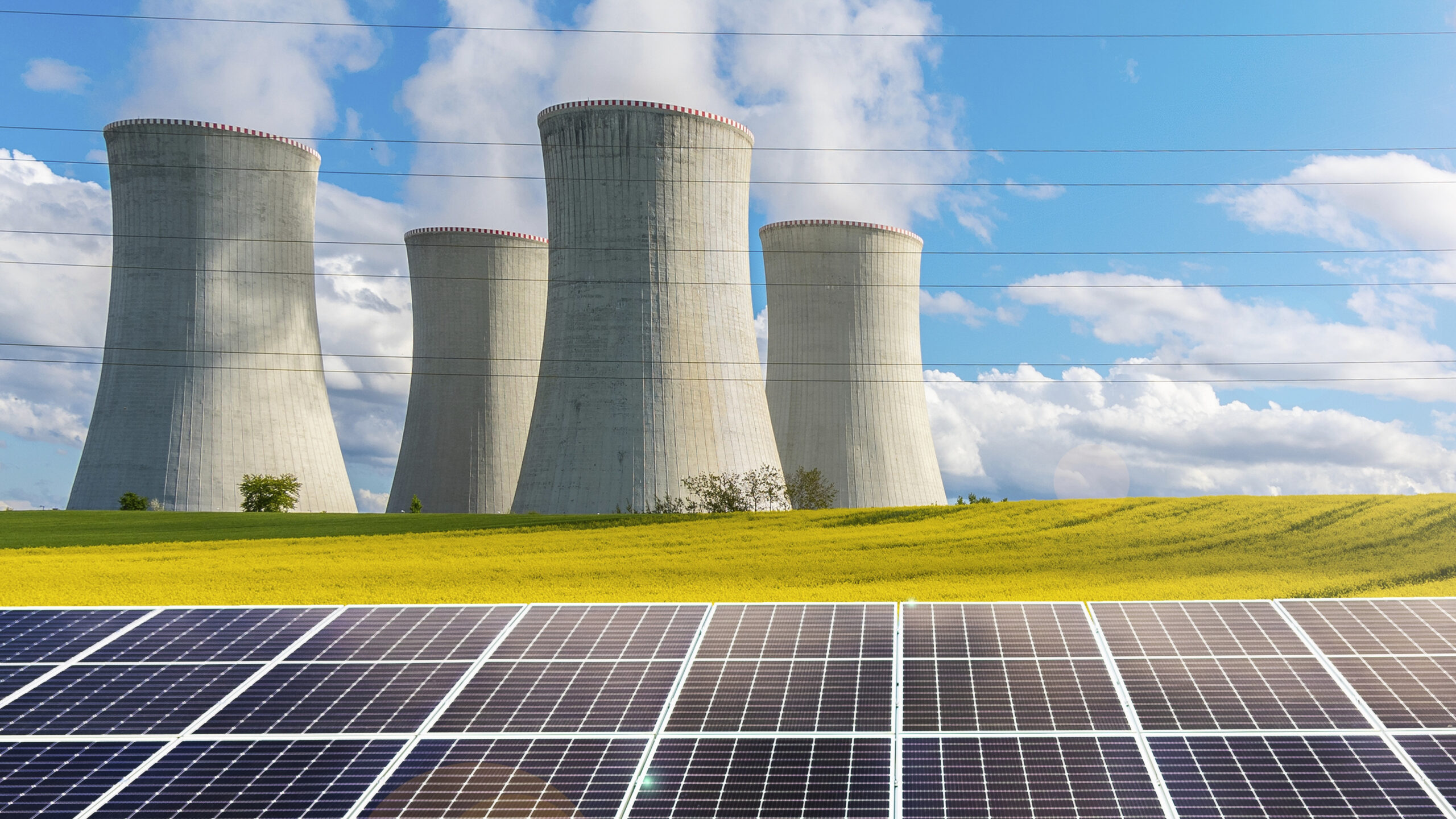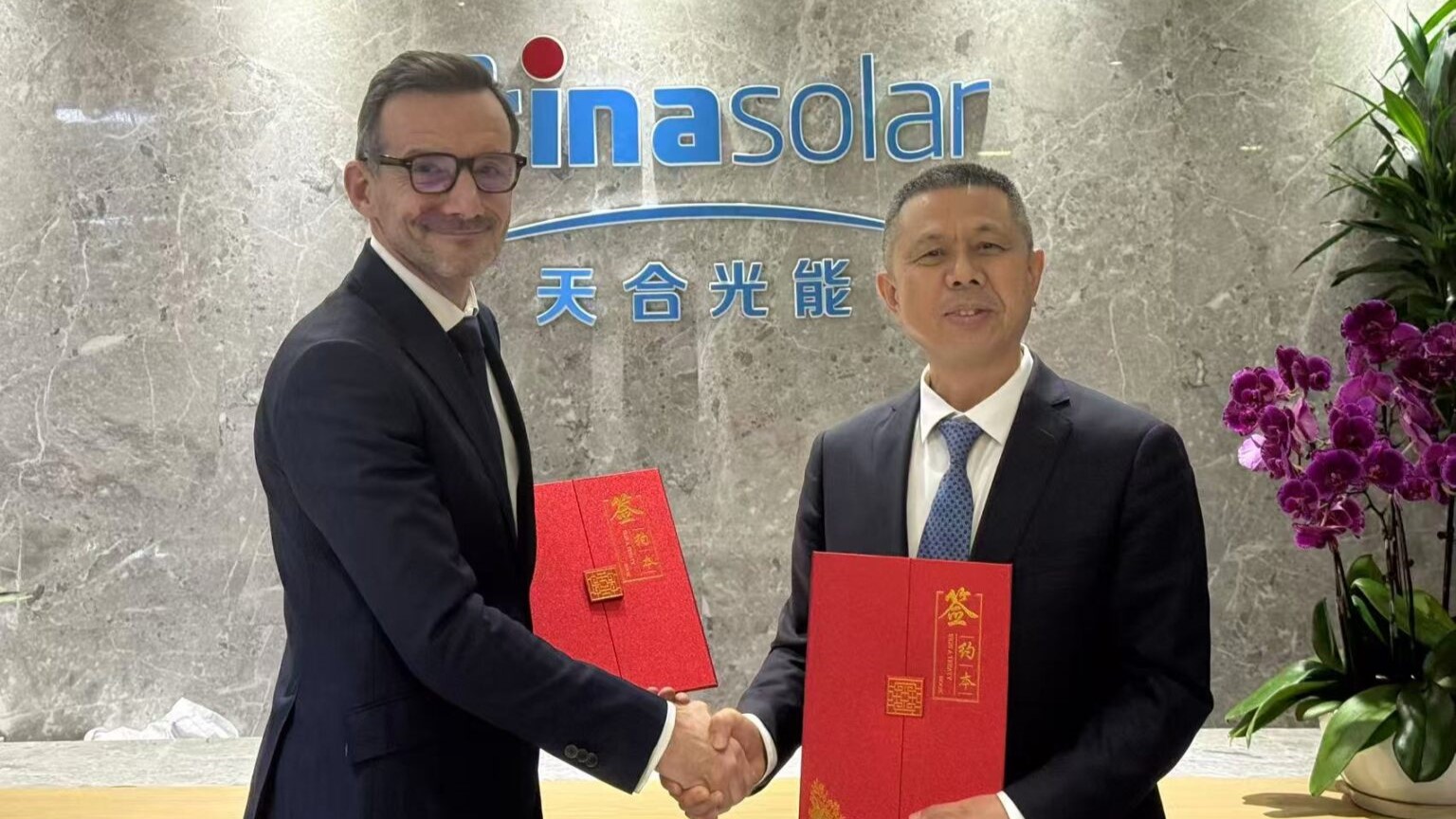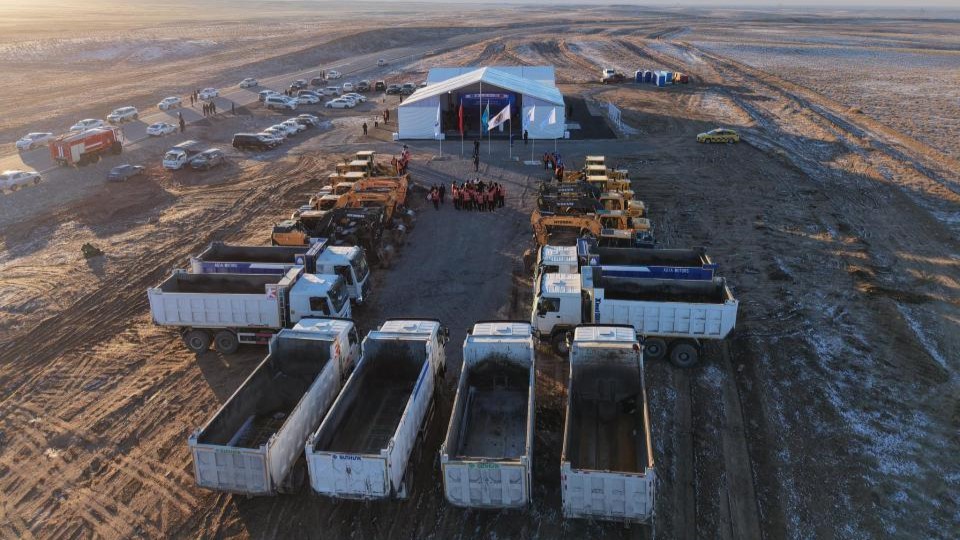Researchers at China’s Guangdong Power Grid have proposed integrating solar power with a small modular nuclear reactor (SMR) to enhance microgrids’ short-term dispatch capability while improving their long-term economic viability.
To combine the two energy sources, the research team utilized a scheduling framework that integrates a multi-objective distributionally robust optimization (DRO) with a real-time reinforcement learning (RL)-assisted mechanism.
“Unlike previous studies that focus on either renewable-dominated microgrid operation or nuclear-based energy systems, this paper presents a holistic hybrid energy management framework that integrates multiple energy sources under a single optimization paradigm,” the team explained. “The novelty of this research lies in the co-optimization of photovoltaic and Small Modular Reactor generation, combined with a robust uncertainty-aware dispatch mechanism that accounts for both short-term and long-term storage dynamics.”
In the proposed system, PV and SMRs provide complementary power sources, while a generator and battery act as auxiliary resources. Hydrogen is produced by electrolyzers during surplus periods and stored for later use, while an energy management system (EMS) acts as the brain of the entire system, making decisions and integrating forecasts and real-time data.
The DRO employed within the EMS to generate baseline scheduling strategies that are resilient under forecast uncertainty, while the RL modules continuously adjust control signals to improve adaptability and reduce performance degradation in real operation. The optimization model is implemented in Python using Pyomo for mathematical programming, with Gurobi 10.0 as the solver for mixed-integer programming formulations.
The system that was simulated as a case study included a 100 MW hybrid microgrid that serves an industrial load with an average demand of 85 MW, which exhibits daily peak demand fluctuations of up to 25%, and a residential demand component with an average load of 15 MW and a peak-to-average ratio of 1.6.
It has an installed PV capacity of 40 MW, with solar irradiance data obtained from historical weather records over a one-year period. Solar power variability is modeled using a normal distribution with a mean of 80% of the nominal irradiance and a standard deviation of 12%, capturing seasonal and diurnal fluctuations.
The SMR has a minimum stable output of 10 MW and a ramp rate limit of 5 MW per hour. The system further includes a 20 MWh lithium-ion battery storage system, with a charge-discharge efficiency of 92%, and a hydrogen storage unit with a maximum capacity of 15 tons.
The analysis showed that, over a one-year operational horizon, the proposed optimization framework achieves an average operational cost reduction of approximately 18.7%, while reducing carbon emission intensity by nearly 37.1% compared to a conventional fossil-dominated microgrid. Resilience indicators, such as critical load supply reliability, are reportedly enhanced to above 98% across all uncertainty scenarios, “underscoring the framework’s capacity to maintain secure operation during both regular and extreme conditions.”
The academics claim that, by combining DRO with reinforcement learning-assisted adaptive scheduling, the microgrid’s operational strategy dynamically evolves based on real-time environmental changes, ensuring flexibility even in the face of previously unseen conditions.
“Furthermore, the coordination between short-term battery storage and long-term hydrogen storage allows the system to manage both daily and seasonal energy imbalances, creating a dual-layer storage strategy that enhances cost-effectiveness and reliability simultaneously,” they concluded. “DR further supports this flexibility by dynamically reshaping consumption profiles to better match renewable generation patterns, reducing reliance on carbon-intensive backup generation.”
Their findings are available in the study “Coordinated operation and multi-layered optimization of hybrid photovoltaic-small modular reactor microgrids,” published in Scientific Reports.








